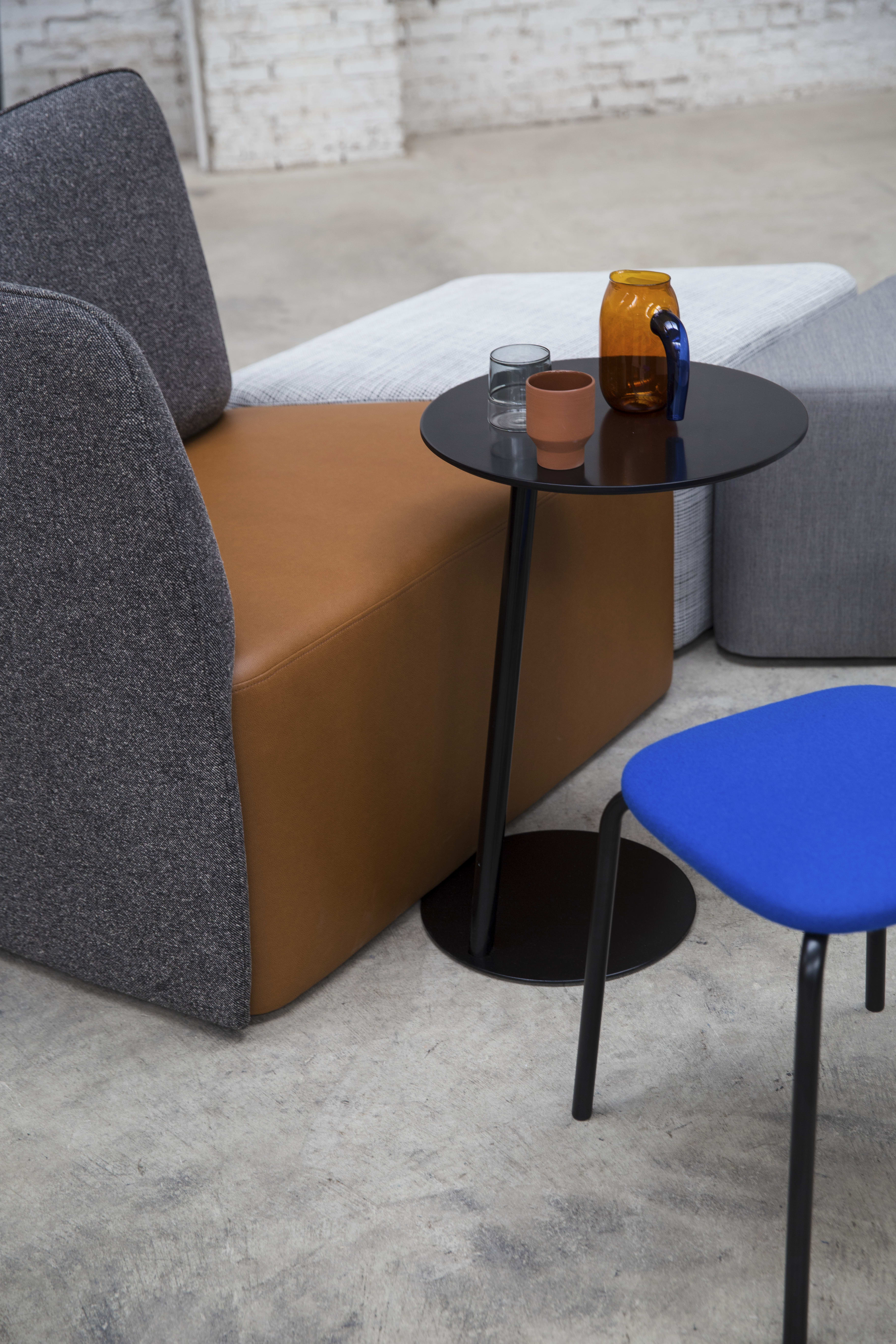Download the PDF Copy
Download
In this whitepaper:
Defining and measuring the effectiveness of a workplace designed to readily support changing technology, work processes and the workforce will require identifying and adopting new performance metrics that will be used in addition to the workplace performance metrics used today.
What you will learn:
- Why workplace metrics are changing
- What factors are driving the need to consider additional metrics
- What metrics are relevant and measurable for workplace effectiveness
- What tools and processes currently exist to compile data to support these metrics
The New People-Centric Approach to Measuring Workplace Effectiveness
Today’s universally accepted workplace metrics – such as square foot per person and cost per square foot – fall short of capturing the full potential of a workplace focused user experiences, performance, engagement, recruitment and retention, and wellbeing. So, how do you measure the impact of a strategically designed workplace? A workplace that goes far beyond goals of efficiency and utilization? It starts with knowing what you’re looking for.
Supply management: the focus of current workplace metrics
Evaluating how an organization's real estate portfolio is performing relative to it's business goals is crucial; typically real estate is an organization's second largest cost after its people. Metrics today are primarily focused on space and cost (such as the initial and ongoing cost per square foot, square foot per person, and cost per person) or how the workspace is used (average utilization and occupancy over a given period of time). These metrics are used to help organizations assess and benchmark the performance of their workspace relative to their peers, which is a relatively straightforward process. For example, if your square foot per person is high relative to benchmark data, you can reduce the size of typical workstations or offices and increase the occupancy of the floor – and voila! Your square foot per person will be lower and closer to industry benchmarks.
As the need increases for more adaptable workplaces, occupancy and utilization data has become even more important. For example, if workstations are typically occupied only 40% of the time, you are not getting the best use of an expensive real estate asset. Initially, utilization was measured solely by observation, with individuals visually counting how many workstations are occupied at several points during the day, over the course of two or more weeks. Because this process is somewhat intrusive, costly and prone to error, organizations began looking for technology solutions to help measure utilization. Security badge data taken whenever a person enters a building or floor, network sign-on and access data, as well as workspace reservation data for conference rooms or hoteling all can be used to get a better (yet still imperfect) understanding of workplace utilization.
New Internet of Things (IoT) enabled devices, such as sensors, beacons, cameras and location apps on mobile devices, are being used to collect real-time and trend data without interrupting the workers or their work activities. Allsteel’s Technology in the Workplace paper illustrates what tools are best suited for collecting different types of data, and the actions that may be taken based on the data. As the paper notes, before implementing any technology solution, it is crucial to first understand the goal of collecting the data, including what needs to be measured and why, and what actions will be taken based on the data compiled. Only then can an appropriate technology solution be identified.
Since the workplace is changing, identifying new workplace metrics is a logical next step
While organizations remain focused on the efficiency of their real estate, they are also increasingly focused on the experience and overall effectiveness of the workplace, or how well it supports the people who use it, their work processes and ongoing organizational and business changes. This reflects a broader awareness that organizations must adopt a more human-centric view to succeed in current business environment, one in which their employees’ needs are front-and-center in all that they do. This values shift explains the recent rise in employee wellness programs, better parental leave policies, and extended vacation days.
But how does this value shift relate to the workplace? For example, the workplace can be a very important tool in attracting and retaining talent, which is one of the key challenges reported by CEO’s. How might we measure the impact a workplace has on recruitment and retention? This type of thinking goes far beyond evaluating the workplace in terms of square footages and seats. In addition to defining new workplace metrics, it is also crucial to determine how relevant data will be compiled, what the collected data means (what does good or bad look like?) and what steps may be taken to improve the metrics based on the data.
Our team at Allsteel has identified two broad types of people-centered workplace metrics:
- Workplace User Experience Metrics: those metrics that focus on how users perceive and use the workspace.
- User and Team Effectiveness Metrics: those metrics that focus on the performance of the users themselves.




